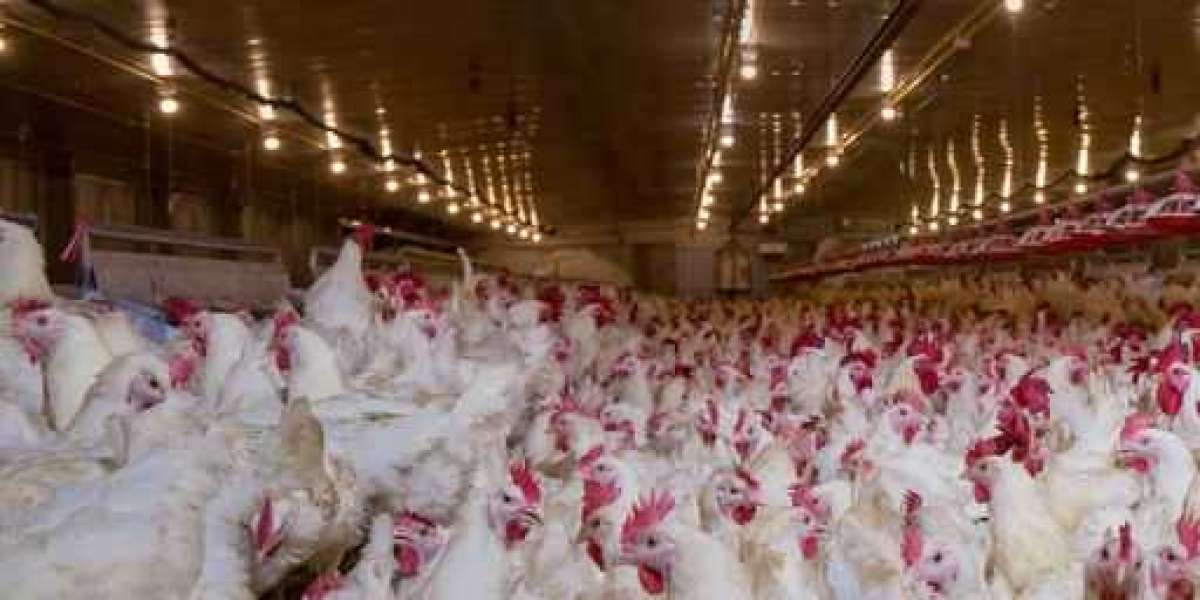In the bustling world of poultry farming, there's a dark reality lurking behind the scenes that many consumers are unaware of: broiler chickens cruelty. While these birds are bred for the primary purpose of meat production, the methods employed in their rearing often involve practices that prioritize efficiency over animal welfare.
Broiler chickens, a breed specifically developed for rapid growth and high meat yield, are typically raised in crowded and confined conditions. These cramped living spaces not only restrict their movement but also contribute to stress and discomfort, leading to various health issues. Broiler chickens cruelty becomes evident as these birds are often deprived of the most basic necessities, such as adequate space to roam and proper ventilation.
Moreover, the selective breeding of broiler chickens for fast growth has resulted in skeletal and muscular abnormalities, further exacerbating their suffering. As a consequence, many of these birds struggle to support their own weight, leading to painful conditions like leg deformities and lameness.
In addition to physical ailments, the industry's focus on maximizing profits has led to the utilization of controversial practices such as selective breeding and the administration of growth-promoting antibiotics. While these measures may enhance productivity in the short term, they have long-term implications for both animal welfare and public health.
The widespread use of antibiotics in broiler production not only contributes to the development of antibiotic-resistant bacteria but also poses risks to consumers through the consumption of meat containing residue from these drugs. Furthermore, the high prevalence of disease in overcrowded environments necessitates the routine use of antibiotics to prevent outbreaks, perpetuating a cycle of dependency with far-reaching consequences.
Despite mounting concerns from animal welfare advocates and consumers alike, the broiler industry continues to prioritize profit margins over ethical considerations. The inherent cruelty in the treatment of broiler chickens highlights the urgent need for reform within the poultry industry.
Consumers can play a pivotal role in driving change by making informed choices and supporting companies that prioritize animal welfare in their production practices. By opting for products from companies that adhere to higher welfare standards, consumers can send a powerful message to the industry that broiler chickens cruelty is unacceptable.
In conclusion, the plight of broiler chickens underscores the need for greater transparency and accountability within the poultry industry. As awareness of broiler chickens cruelty continues to grow, so too must the collective effort to implement meaningful reforms that prioritize the well-being of these sentient beings.








